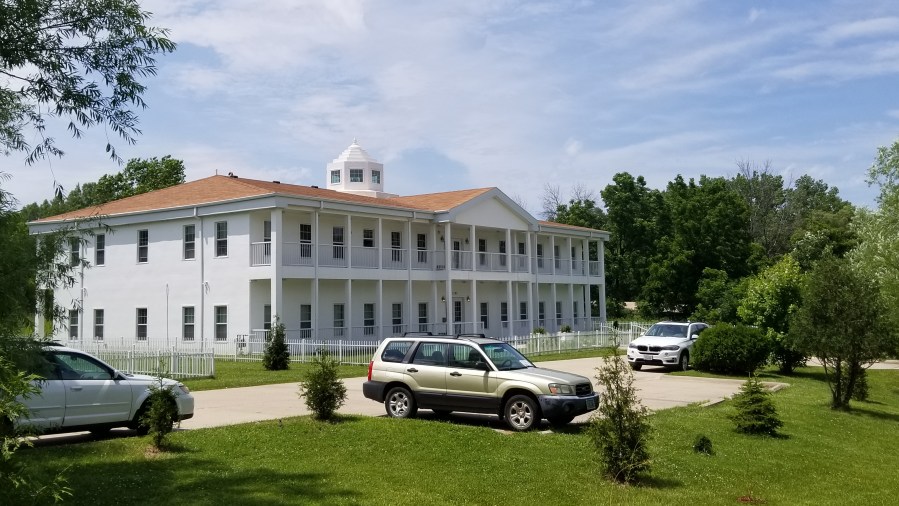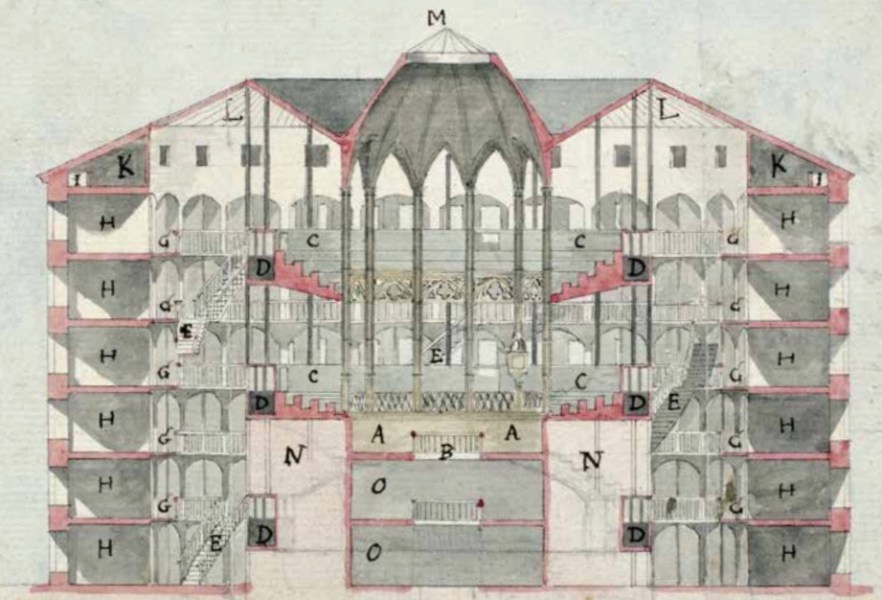This post marks the start of a project I have been working on for almost a year. The project, Heartland Utopias: Intentional Communities in Iowa, is a deep dive into the range of utopian, communal, intentional, and otherwise unique communities in my home state. It also happens to be my honors project, as I prepare to graduate from Iowa State University.
Read moreHeartland Utopias Part 1: Introduction







